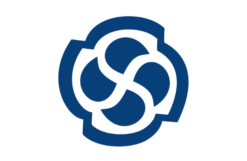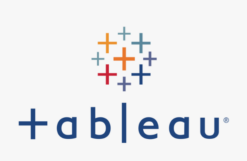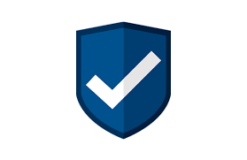Duration: 5 days – 35 hrs.
Overview
Web design crash course is designed for beginners who want to learn the fundamentals of web design using HTML and CSS. By the end of this course, students will have the skills to create well-structured and visually appealing websites.
Objectives
- Understand the basics of web design and its importance.
- Learn HTML fundamentals for structuring web content.
- Master CSS to style and format web pages.
- Create a responsive and user-friendly website.
- Develop a basic understanding of web design best practices.
Audience
- Aspiring Web Designers: Individuals looking to start a career in web design or transition into a design-related role.
- Graphic Designers: Graphic designers seeking to expand their skill set and venture into web design to create visually appealing and interactive websites.
- Front-End Developers: Developers interested in enhancing their front-end development skills, including HTML, CSS, and JavaScript, to improve their web design capabilities.
- Small Business Owners and Entrepreneurs: Business owners aiming to design and maintain their business websites or gain insight into the web design process.
- Marketing Professionals: Marketers interested in creating engaging and user-friendly web content for their digital marketing campaigns.
- Students and Graduates: Students studying web design, graphic design, computer science, or related fields who want to gain practical web design skills.
- Creative Professionals: Artists, writers, and content creators interested in showcasing their work or portfolios online through well-designed websites.
- Anyone Interested in Web Design: Individuals with a personal interest in web design who want to create and manage their websites or explore design as a hobby.
Pre- requisites
- Basic Computer Skills: Participants should have a fundamental understanding of computer operation, file management, and internet browsing.
- No Prior Web Design Experience Required: This course is suitable for beginners, and no previous experience in web design is necessary.
- Access to a Computer: Access to a computer with internet access is essential for coursework, design tools, and practice.
- Basic Graphic Design Knowledge (Optional): While not mandatory, familiarity with basic graphic design concepts or tools can be helpful for those interested in design-related aspects of web design.
- Desire to Learn: Enthusiasm and a passion for web design are crucial, as this course requires creativity, attention to detail, and active participation.
Course Content
Topic 1: Introduction to Web Design and HTML
- Introduction to web design and its significance.
- Overview of HTML and its role in web development.
- Setting up a development environment.
- Creating your first HTML document.
- Adding text, headings, paragraphs, and lists.
Topic 2: HTML for Building Web Pages
- Understanding HTML elements and attributes.
- Creating hyperlinks and anchor tags.
- Inserting images and multimedia.
- Creating forms and input elements.
- HTML document structure and semantics.
Topic 3: Introduction to CSS
- What is CSS and its importance in web design.
- Inline, internal, and external CSS.
- CSS syntax and rules.
- Applying styles to HTML elements.
- Working with colors, fonts, and text formatting.
Topic 4: CSS Layout and Positioning
- CSS box model and its components.
- Controlling element size and spacing.
- Display properties and box positioning.
- Creating navigation menus with CSS.
- Introduction to Flexbox for layout design.
Topic 5: Responsive Web Design
- Understanding the importance of responsive design.
- Media queries for different screen sizes.
- Creating responsive navigation menus.
- Flexbox and Grid for responsive layouts.
- Testing and debugging for responsiveness.
Topic 6: Advanced CSS Techniques
- CSS transitions and animations.
- Introduction to CSS preprocessors (e.g., SASS/SCSS).
- Styling forms and form elements.
- CSS best practices and code organization.
- Cross-browser compatibility and vendor prefixes.
Topic 7: Project and Finalizing Your Website








